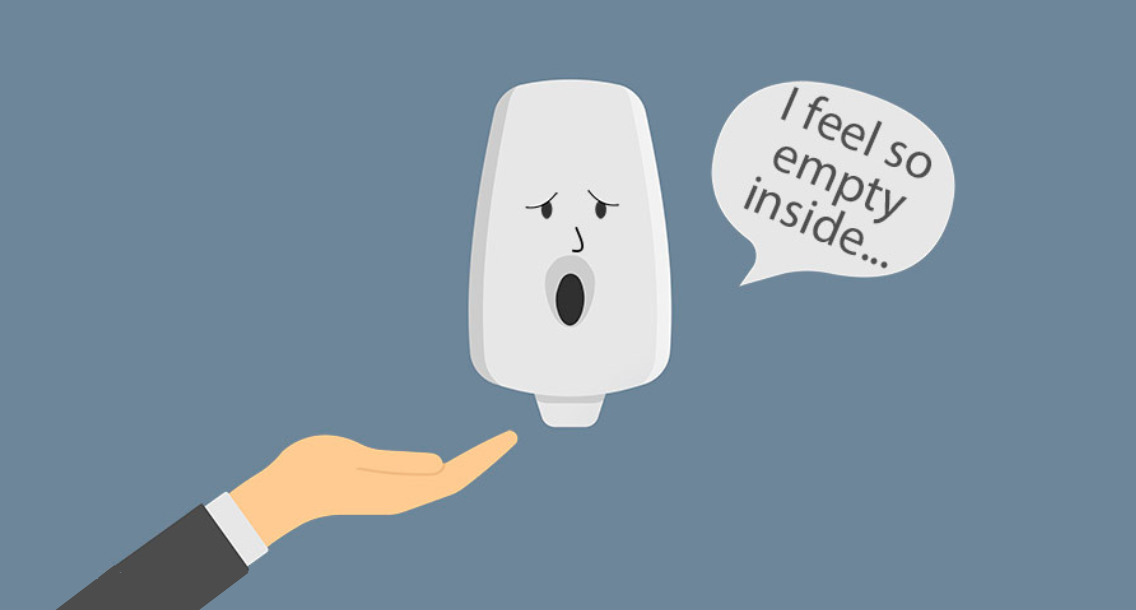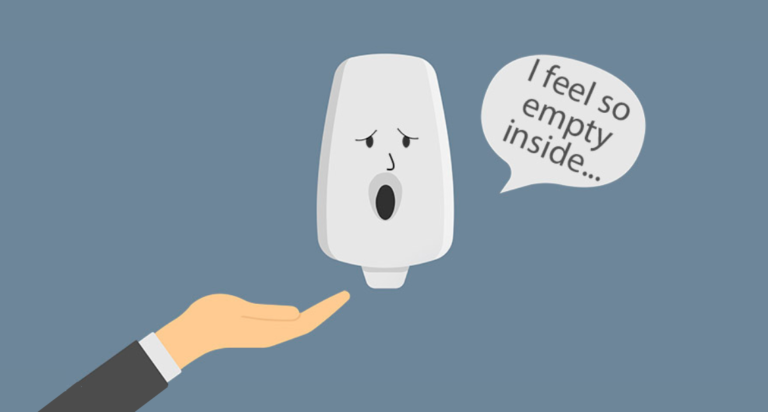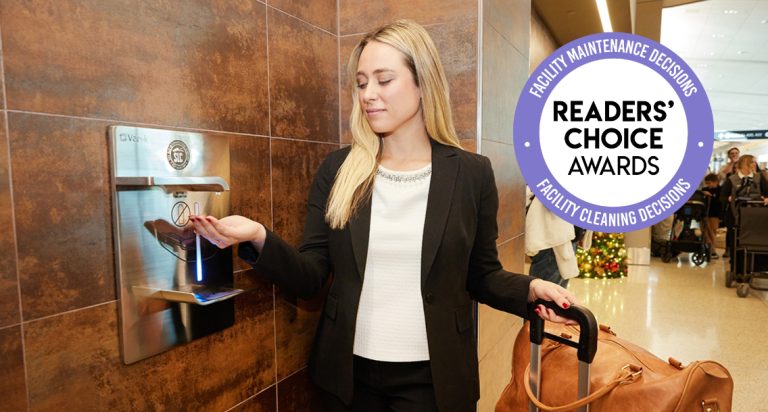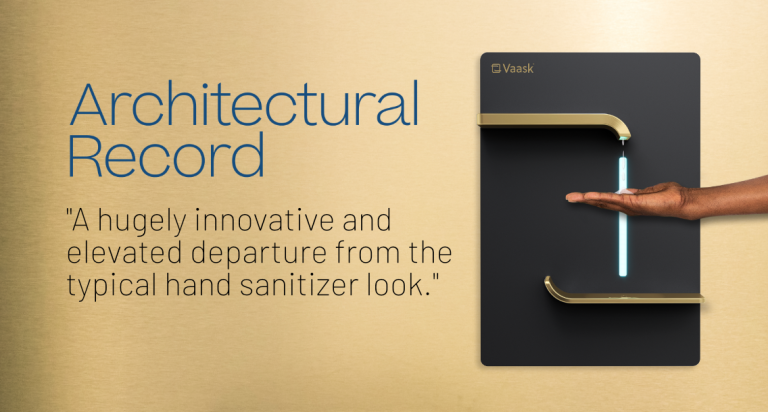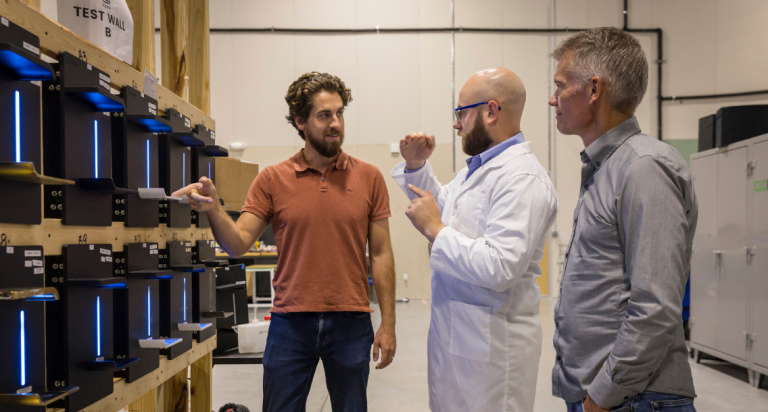Here are 10 reasons why 77% of people report traditional hand sanitizer dispensers to be empty. At Vaask, we’ve solved this problem with our online dashboard that automatically alerts maintenance staff when it’s time to refill.
Jon Olsen | Vaask Founder
A travel blogger recently addressed the question most of us have asked ourselves at one time or another: Why are hand sanitizer dispensers so often empty? The article was listed under the category “humor,” but it’s no laughing matter. Given the fact that 80% of illnesses are spread by our hands, it does not bode well when a just-published study in the American Journal of Infection Control found 77% of people reported dispensers empty.
Why is that? The blogger offered no explanation, instead merely noting the phenomenon: “It’s not just hotels, airports and planes. My grocery store seems to think these hand sanitizing stations are simply decorations. I recently found two of them empty at my church … I hope no one was waiting for a miracle.”
Here at Vaask, we’ve solved this problem. Not only do our touchless hand sanitizing dispensers have an LED panel that indicates when sanitizer is low, but we now offer an app and online dashboard that automatically alert maintenance staff when levels are low. Because we sell directly to customers, we learn about their unique spaces and issues.
Here are 10 reasons why sanitizer is frequently hard to find with traditional dispensers.
- No one else offers Vaask’s remote monitoring of sanitizer levels and automatic reminders to refill. Because of that, refilling traditional dispensers means overworked maintenance staffers must check every dispenser, every day. Who has time for that? It might be why a leading industry survey suggests 66% of facility managers and workers have quit or considered quitting in the past year.
- While some traditional dispensers use indicator lights to note when it’s time to refill, the lights can malfunction because they use just a single bulb that failed. Vaask uses an array of long-lasting LEDs as a visual backup to the app and online dashboard, rather than a single bulb.
- Most traditional touchless dispensers require batteries that frequently need changing, complicating the maintenance process. Vaask is hardwired, using either AC power or Power over Ethernet (PoE), so there are never any batteries to change.
- Many traditional dispensers are opaque, making it impossible to see how much sanitizer gel is inside.
- Typical sanitizer gel supplied by distributors dries out hands, making the maintenance worker’s task of checking levels unpleasant.
- Manually checking each dispenser is also inefficient, since you may be getting the last squirt without knowing it.
- Traditional dispensers are designed with small refill bags, so they frequently run out. The large-capacity Vaask fixtures hold twice the sanitizer gel of typical dispensers.
- Because the traditional sanitizer experience is such a mess, people don’t use dispensers as often as they should, so they can sit empty and nobody knows.
- Because typical sanitizer dispensers are manufactured in China, where quality control is unreliable, it’s hardly surprising that they have an expected failure rate of 25%. And when they do fail, they’re often left in place, because removing them would rip holes in drywall. Inevitably, facilities have walls littered with unusable plastic dispensers.
- People often procrastinate. That’s why Vaask automatically alerts maintenance workers early when sanitizer levels run low and reminds them until it’s refilled.
Vaask provides the solutions to all these problems. But the dispenser’s most important feature doesn’t only remedy the perennially empty problem, it also solves the bigger hand hygiene problem. By making hand sanitizing an inviting, pleasant experience, Vaask encourages us all to use it regularly and lead cleaner, healthier lives.
Ready to see Vaask in action? Sign up for a product demo.



